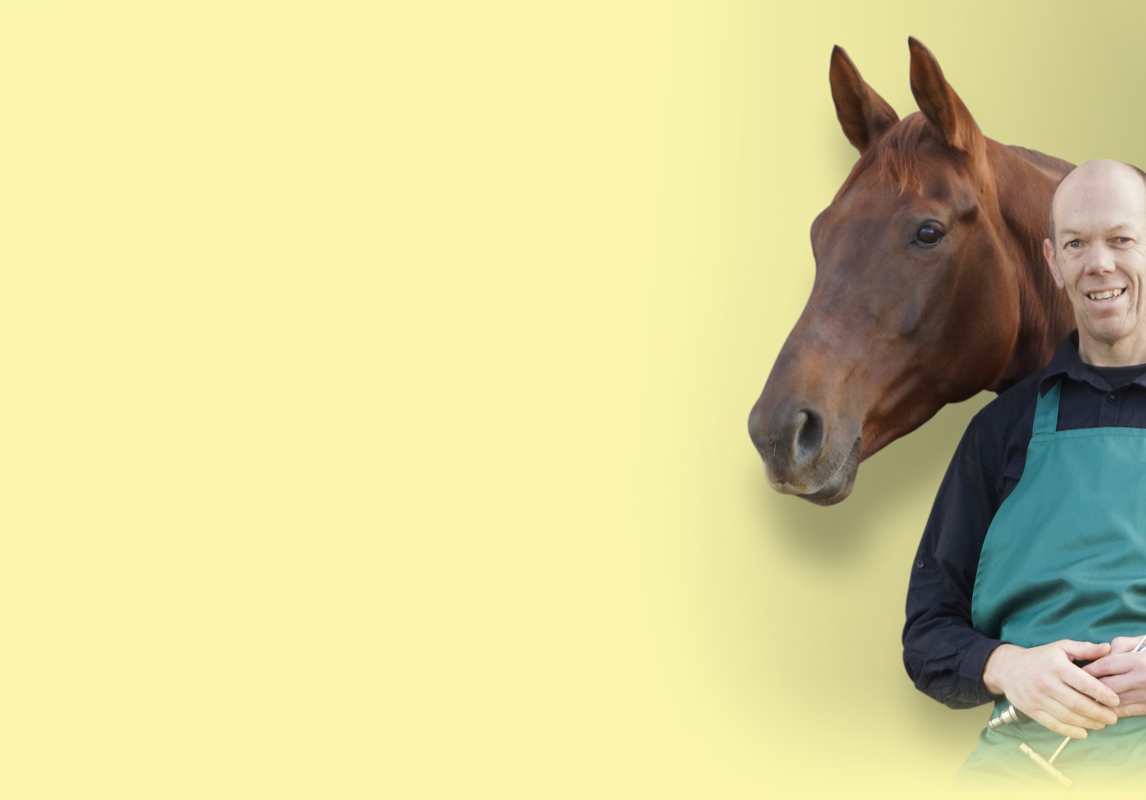EOTRH is a problem to the incisors that is starting to occur more frequently that I would like to explain it. EOTRH stands for ‘Equine Odontalclastic Tooth Resorption and Hypersementosis’. The root of the tooth is absorbed and the glaze is discomposed. It is possible that the tooth root will increase in growth, because of the growth of cement, which is clearly visible above the invisible crown of the incisors. It’s a painful process and occurs in older horses seen around the age of 15 and older. The process starts at the most outer incisor and spreads its way to the other incisors, sometimes it may be possible that even the hooks are included in this process. It is recommended to remove the elements, if clear pain is shown, and food intake becomes more difficult. The best advise we can give is to have this done at a specialized clinic.
Kiezen EN
Tooth decay, also known as cavities or caries, is a result of fermentation of sugars in the diet with bacteria present in the oral cavity. It is seen in the enamel cups of the 9th and 10th element to the upper jaw, and to a less extend in the 6th element of the upper jaw. There will be a higher risk of future damage, like the occurrence of a molar fracture, because of the damage to the internal structure of the teeth.
Diastema is a space between the adjoining elements where feed is easily collected, and can be shifted by pressure of the opposite element. This is one of the most painful conditions for a horse, yet it does not always cause trouble feeding. If a horse has feeding problems it can be seen by the dropping of feed. The problem may manifest itself at any age, but is most often found with older horses. The problem is often periodontitis, an inflammation of the gums. In extreme conditions it can lead to the loss of an element.
Sheared Molar table is a deviation in the angle of the lower and upper teeth. If this angle is bigger than 25 degrees, we speak of a sheared molar table. The angle can be up go to 50-60 degrees, because of this, a sideways chew movement is impossible. It often leads to the horse trying to save this side. Treatment is often increased to a 6 month check up until correction.
Wave complex teeth goes up and down and makes a wavy curve in the row of molars. It can be caused by a stepped molar, and also some other reasons. Treatment is often not possible. Most often repetitive attention is required.
Stepped Molars can be caused by a tooth fracture or a broken tooth, and can be clearly seen by the increase of the opposite element(s). The element will no longer wear because the opposite element is missing. This issue causes mechanical barriers in the sideways, forward and backwards movement. It is necessary to remove an increased chance of this issue by getting a recommended yearly dental checkup.
Ramps are like family of the hooks. Consequences are therefore the same or even worse. We are talking about ramps, if there is more than 1/3 of the chewing area affected. Treatment is needed to avoid future problems.
Hooks are found on the first and last molar in a row on the lower and upper jaw. Hooks are often the reason for diastema for the molar, because of the extra pressure of its position. It can also cause injuries in layers of the palate depending on its position, and obstacle in the forward-backward movement of the jaw. Hooks on the front molars often cause cheek lesions.
Hooks on the back molar are often a bigger restraint than hooks on the front, because there is less joint operation. These hooks will cause a big wad in its mouth leading to pain. We also see this with young horses that they have hooks against their baby teeth. Another reason to start early with regular dental checkups.
Enamel points originate from the shape of the molars, and emerge in the upper jaw on the cheek side [buccal], and on the lower jaw on the tongue side. [lingual]. Depending on the wave pattern of the so-called singulae, and the presence of the amount of cement, can cause more or less trouble. In performance horses cheek lesions occur often as a result of the tack that is being used, especially the noseband and teeth shape create the problem.
Overbite (parrot mouth / brachygnathism) or underbite (monkey mouth / prognathism) is fairly well known and common in miniature horses and Shetland ponies, with this condition, they are often excluded from being registered in the pedigrees




